
cd_nom
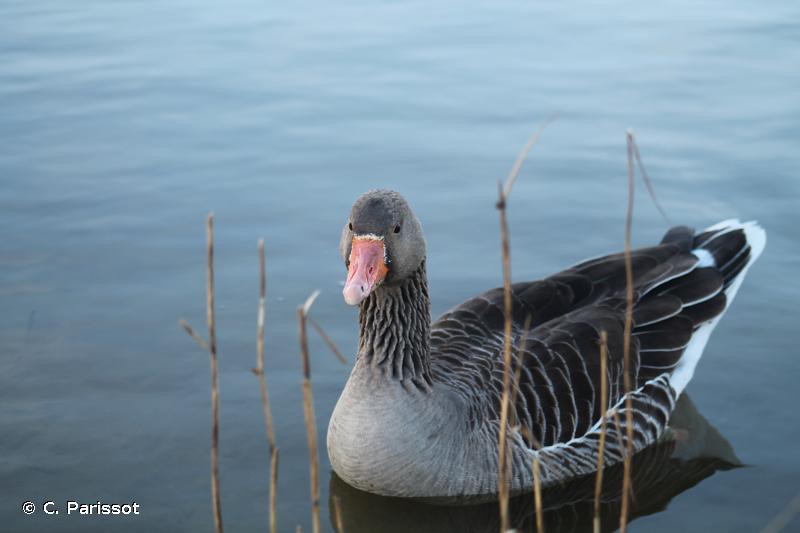
| Author : C. Parissot |
 |
To get the picture, please visit:
Clément Parissot
clementparissot@hotmail.fr
Any reuse of one or more photographs on this site is subject to an authorization request from the author.
Link to the Code of Intellectual Property (Legifrance)
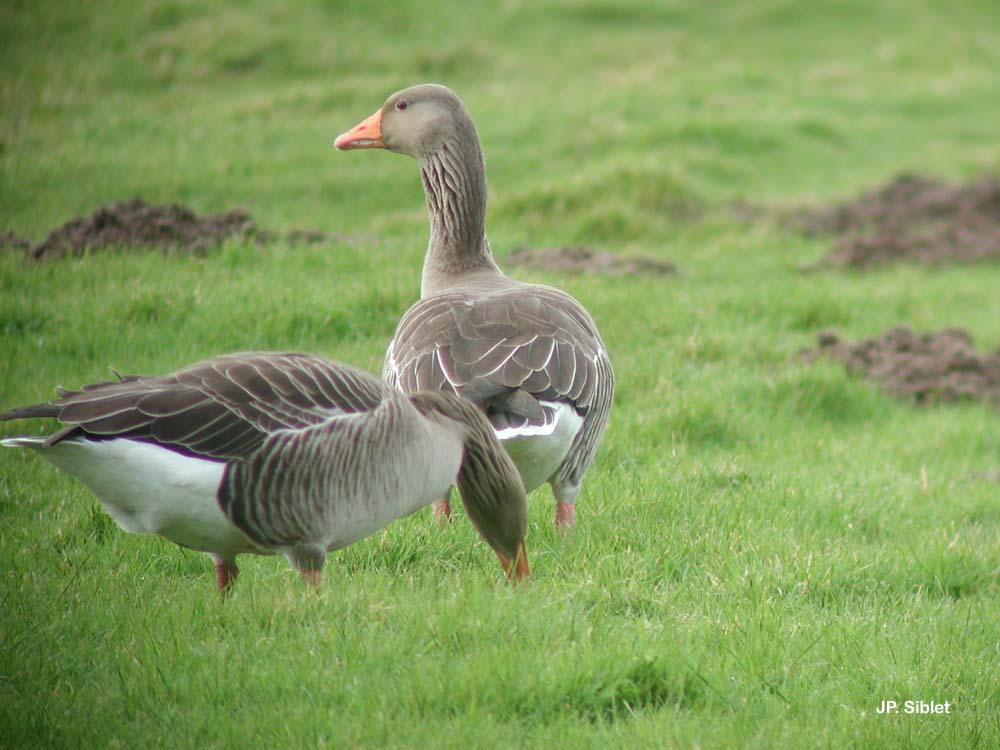
| Author : J.P. Siblet |
 |
To get the picture, please visit:
Jean-Philippe Siblet - Directeur
Muséum national d'Histoire naturelle - Service du Patrimoine Naturel
36 rue Geoffroy Saint-Hilaire
CP 41
75 231 PARIS CEDEX 05
e-mail : siblet@mnhn.fr
Despite the Creative Commons license, please inform the author of the use which will be made of his photo
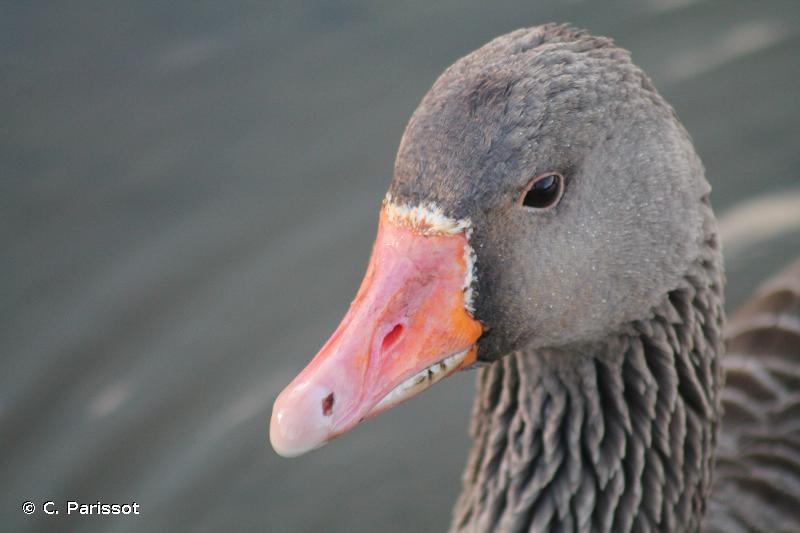
| Author : C. Parissot |
 |
To get the picture, please visit:
Clément Parissot
clementparissot@hotmail.fr
Any reuse of one or more photographs on this site is subject to an authorization request from the author.
Link to the Code of Intellectual Property (Legifrance)
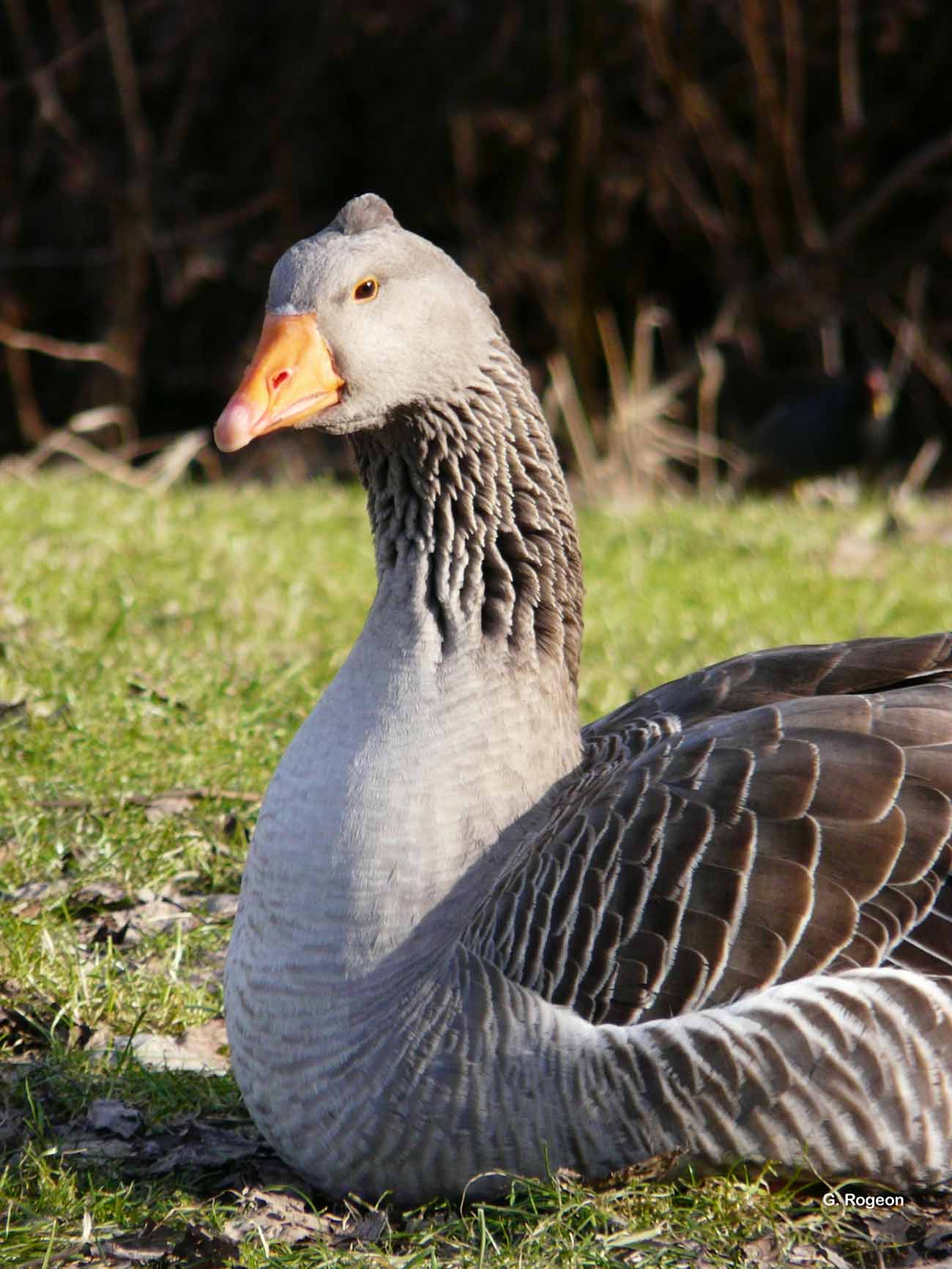
| Author : G. Rogeon |
 |
To get the picture, please visit:
Géraldine ROGEON
Muséum national d'Histoire naturelle - Service du Patrimoine Naturel
36 rue Geoffroy Saint-Hilaire
CP 41
75 231 PARIS CEDEX 05
e-mail : inpn@mnhn.fr
Legend: Besançon
Any reuse of one or more photographs on this site is subject to an authorization request from the author.
Link to the Code of Intellectual Property (Legifrance)
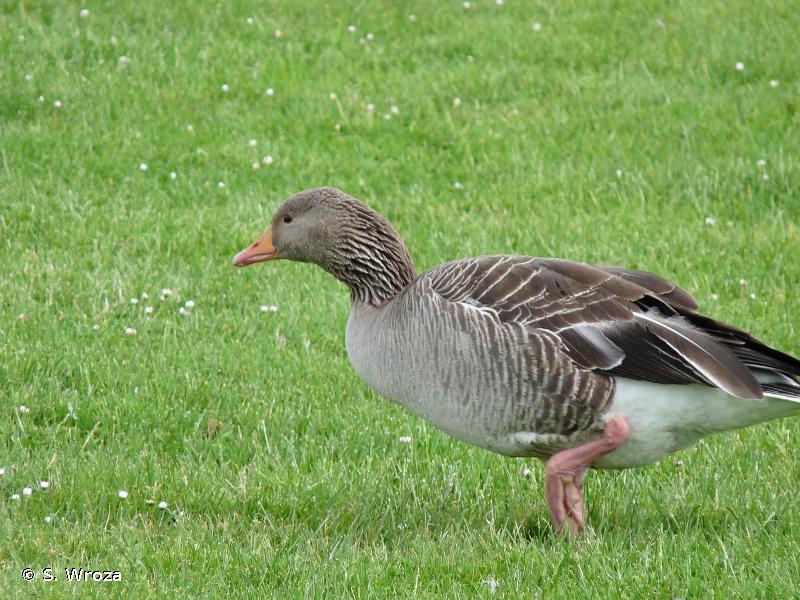
| Author : S. Wroza |
 |
Despite the Creative Commons license, please inform the author of the use which will be made of his photo
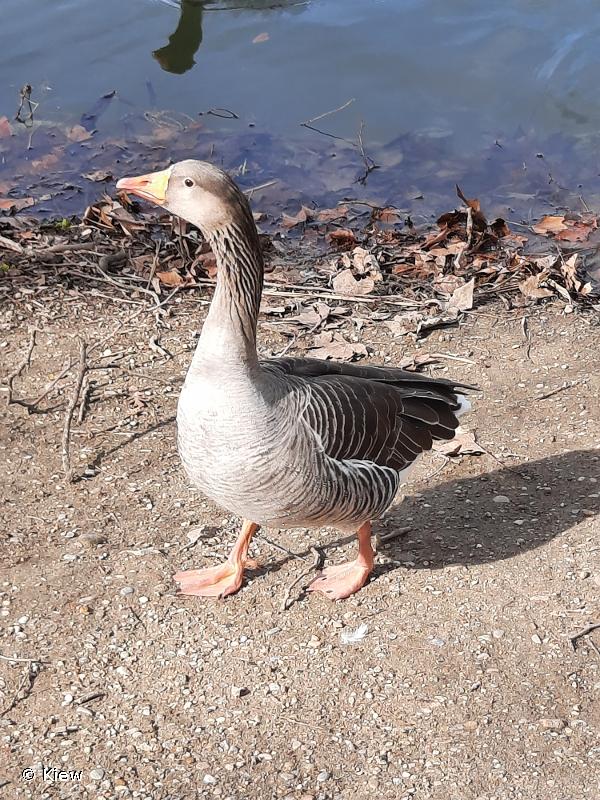
| Author : Kiew |
 |
To get the picture, please visit:
Kiew
Observation partagée via l'application INPN Espèces.
Despite the Creative Commons license, please inform the author of the use which will be made of his photo

| Author : S. Wroza |
 |
Despite the Creative Commons license, please inform the author of the use which will be made of his photo
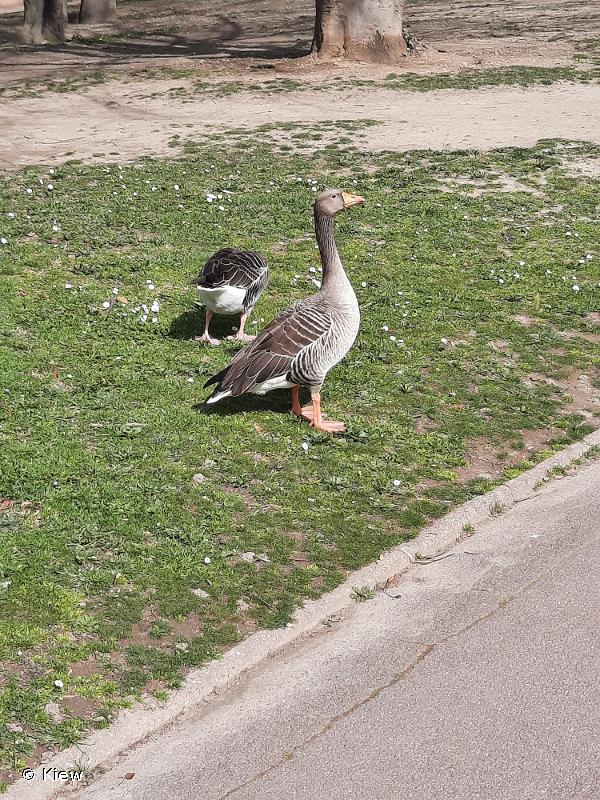
| Author : Kiew |
 |
To get the picture, please visit:
Kiew
Observation partagée via l'application INPN Espèces.
Despite the Creative Commons license, please inform the author of the use which will be made of his photo

| Author : Anonyme15739 |
 |
To get the picture, please visit:
Anonyme15739
Observation partagée via l'application INPN Espèces.
Despite the Creative Commons license, please inform the author of the use which will be made of his photo
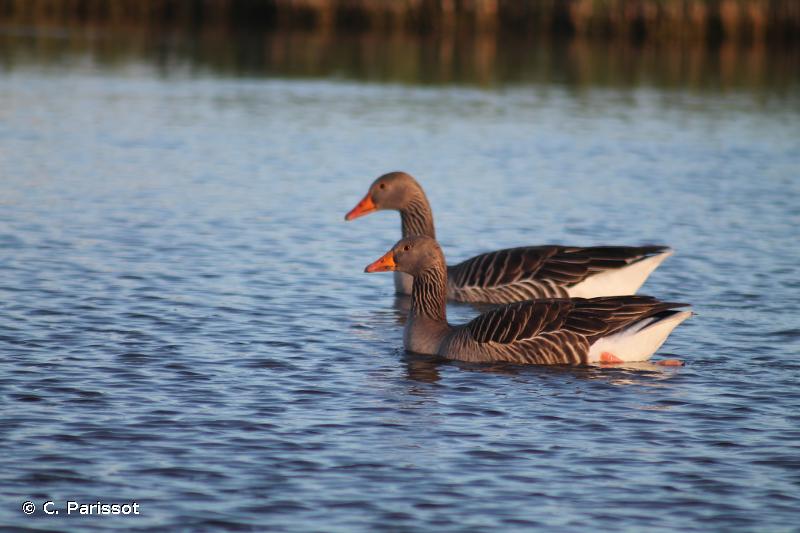
| Author : C. Parissot |
 |
To get the picture, please visit:
Clément Parissot
clementparissot@hotmail.fr
Any reuse of one or more photographs on this site is subject to an authorization request from the author.
Link to the Code of Intellectual Property (Legifrance)
Taille/poids :
Longueur totale : 75 à 90 cm. Poids : 2,5 à 4,5 kg (mâle), 2 à 4 kg (femelle).
Diagnose :
L'Oie cendrée est la plus grande des oies sauvages européennes. Par rapport aux autres espèces, la structure du corps est plus massive, le cou plus épais et la tête plus large. Chez la sous-espèce nominale, l'ensemble du corps est gris-brun à l'exception de la partie arrière du ventre et des sous-caudales qui sont blanc pur. La partie antérieure du ventre est grise, souvent maculée de taches noires. Les pattes sont rose chair et le bec est orangé nuancé de rose à la pointe.
Détermination :
Simple. Facile sur photo.
Espèces proches :
Quatre autres espèces d'oies « grises » du genre Anser peuvent être rencontrées en France. Des difficultés d'identification existent à distance avec l'Oie cendrée, d'autant qu'elles s'associent volontiers à elle.
Période d'observation :
Octobre à avril pour la période des migrations et de l'hivernage qui concerne de nombreux individus. L'espèce se reproduit aussi en petit nombre en France.
Biologie-éthologie :
Le régime alimentaire de l'Oie cendrée est composé exclusivement de végétaux qu'elle consomme sous forme de racines, bulbes, tubercules, graines et feuilles.
Biogéographie et écologie :
Contrairement aux autres oies du genre Anser qui se reproduisent dans les régions arctiques, l'Oie cendrée a une très large distribution dans les zones boréales et tempérées du continent eurasiatique. En hiver, les Oies cendrées fréquentent les estuaires, les plaines marécageuses et les lacs. Les zones d'alimentation peuvent être très diverses : prairies, prés salés littoraux, terrains cultivés. Pour nicher, les Oies cendrées recherchent la sécurité des marais ou des îlots.
Compilé par J. Comolet-Tirman à partir des Cahiers d’habitats.(UMS 2006 Patrimoine Naturel (AFB / CNRS / MNHN)),2017
Continental
Metropolitan France
Overseas
Marine
Metropolitan France
Overseas
The map presents a summary at the 10 x 10 km grid of the observation data for the species transmitted to the SINP. These data have been subjected to validation filters.
The map presents a reference distribution layer of the species at the scale of departments and marine sectors. The presence and absence data were established by expertise within a network of partners. This reference distribution is used in the validation process of the SINP data at the INPN level.
Corresponds to a report on the basis of at least one observation proved within a period of 10 years (20 years for little-known invertebrates) preceding the year and no presumption of extinction since obtaining the last data nor doubt on reproductive and implemented nature of this population. For migratory species, the presence indicated concerns areas of reproduction.
This status is based on one or more of the following criteria:
This point covers the absence, more difficult by nature to demonstrate than presence. This status is based on one or more of the following criteria:
This status must be assigned to a department in which the presence of the species is casual.
Particular case of absence due to a proven extinction less than a half century ago (older disappearances are treated as "no probable or definite").
In the state of knowledge, we can not comment on the presence or absence in the current department. This is the default status when not comprised in one of the previous categories or whenever there is doubt.
The map shows the global distribution of the species based on GBIF data (Global Biodiversity Information Facility).
